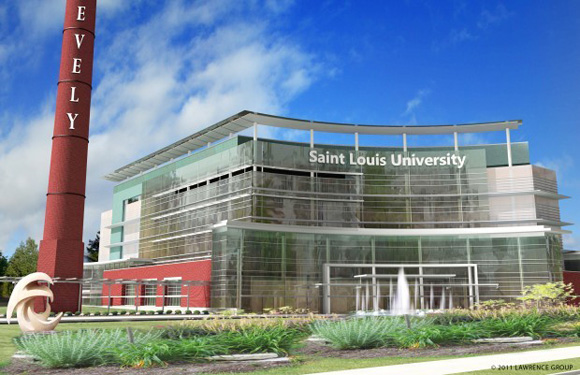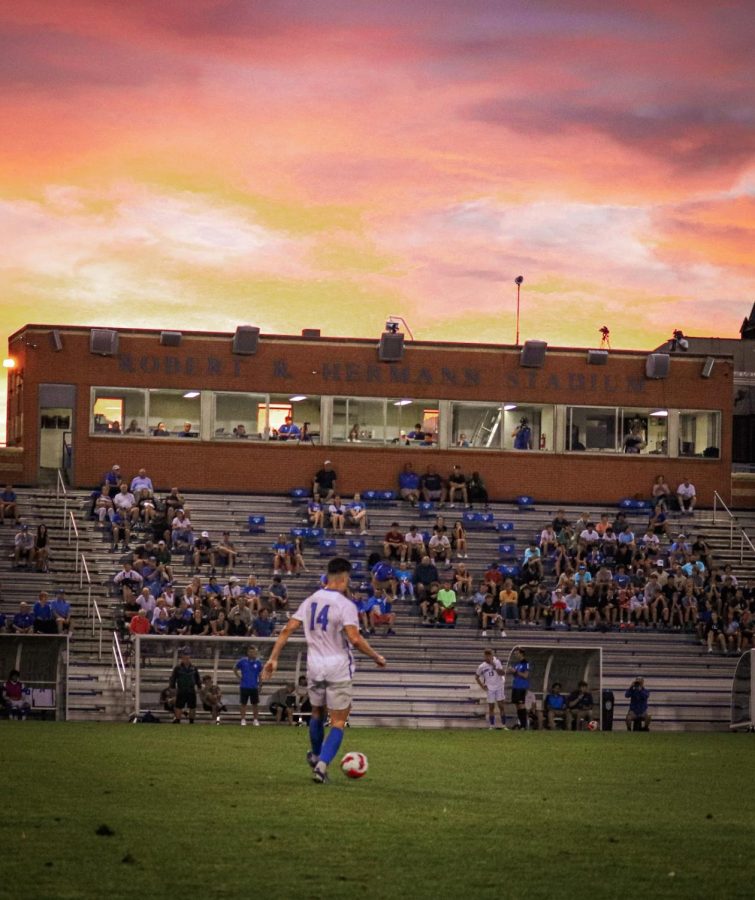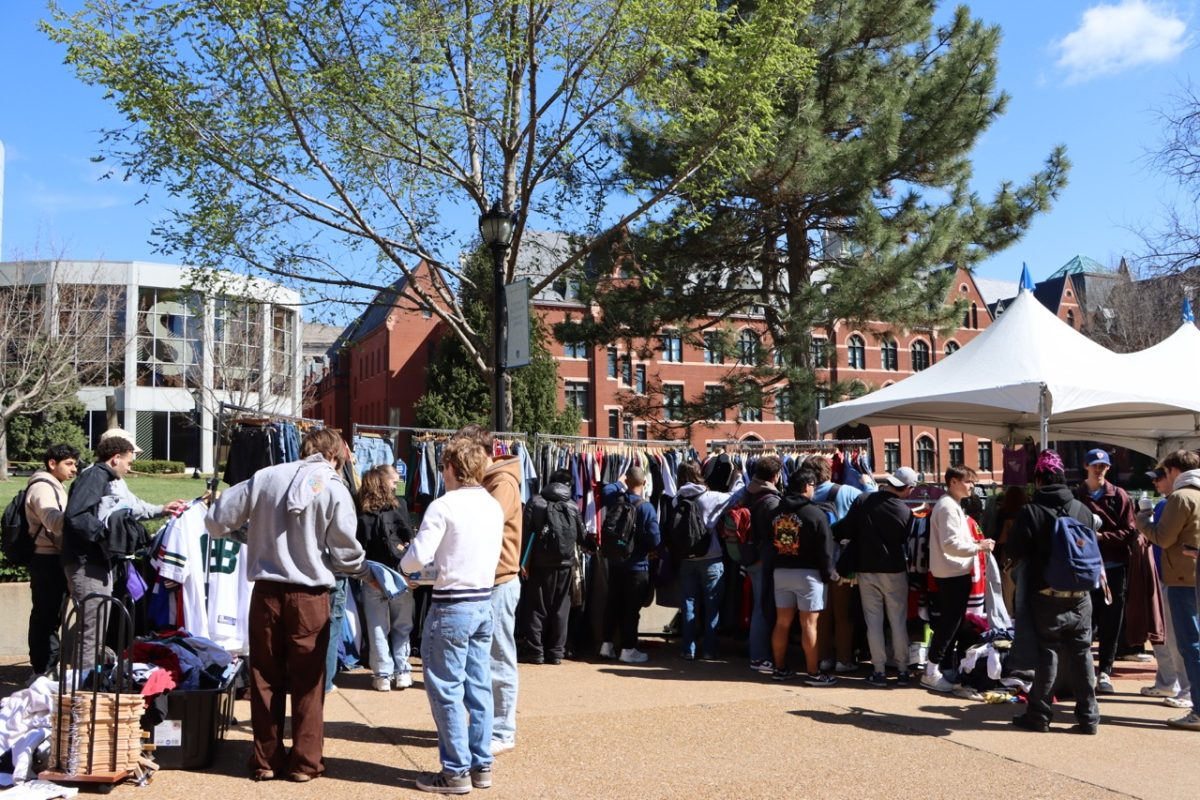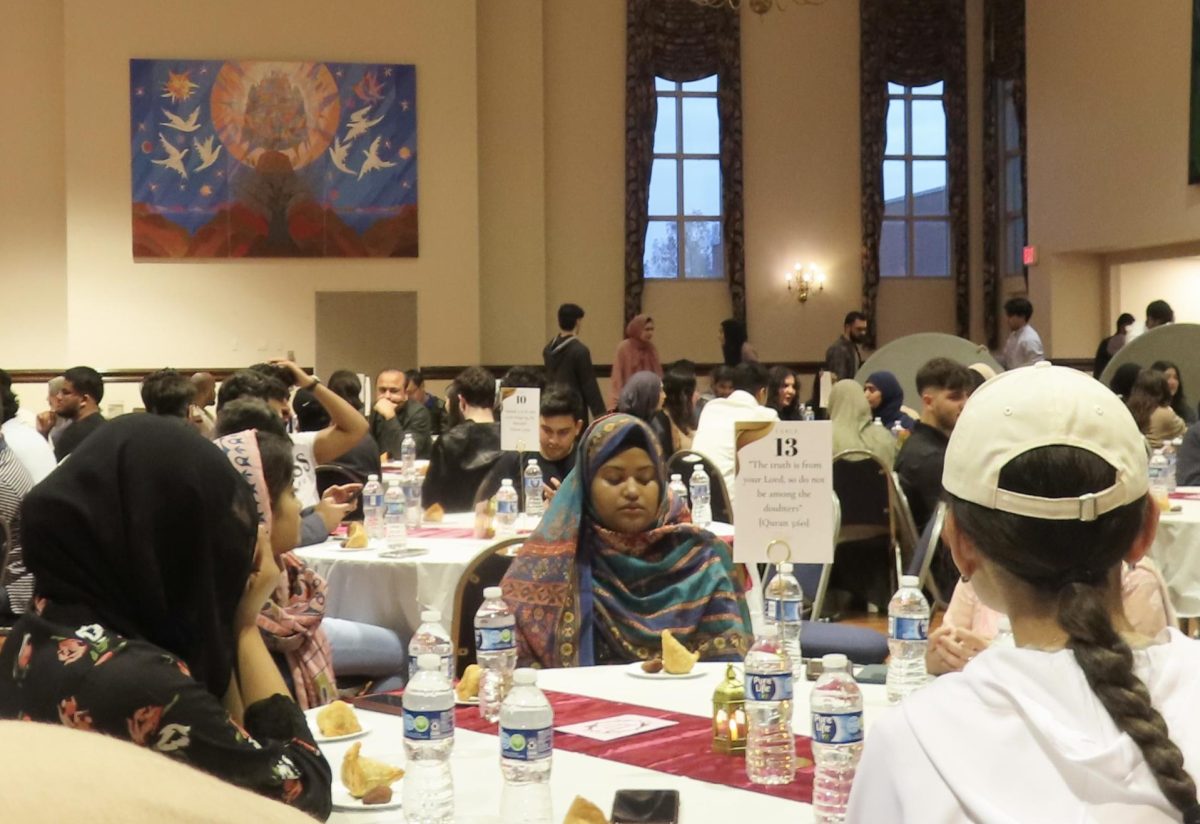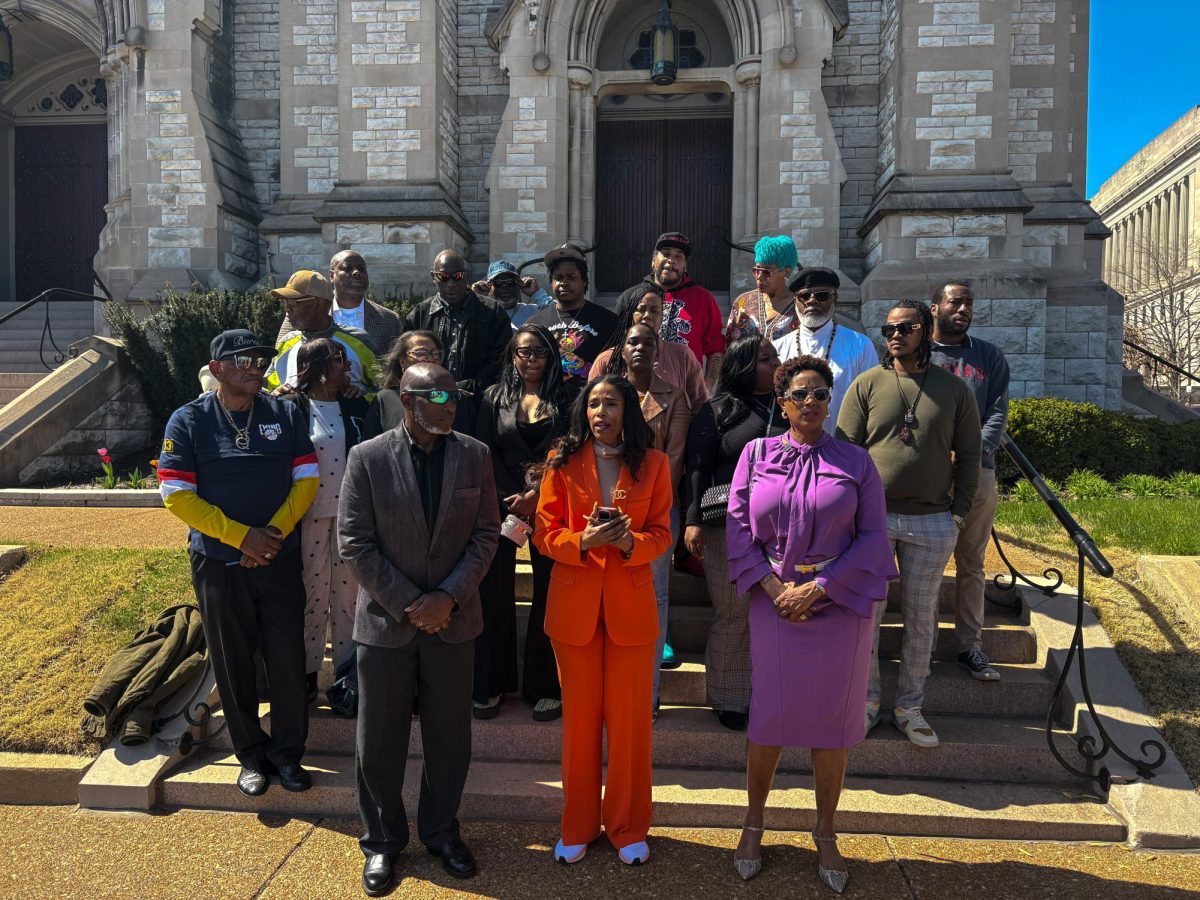Preservation board reverses course
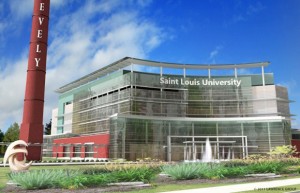
After three months of uncertainty, Saint Louis University has been approved to take advantage of their newest real-estate investment.
On Feb. 22, the St. Louis City Planning committee overturned the initial Dec. 19 decision of the St. Louis Preservation Board to prohibit the demolition of the Pevely complex. SLU’s plans to demolish the complex and develop an ambulatory care center were denied due to the property’s standing as a National Register historic landmark.
The initial ruling allowed for the conditional demolition of a milk plant and parking garage on the property, but rejected the request to tear down the Pevely office building and iconic smokestack. The Feb. 22 ruling will allow SLU to clear the entire property. The nine-member panel voted nearly unanimously; the only dissenting vote came from St. Louis Mayor Francis Slay’s liaison to the Board.
The ambulatory care center will be spearheaded by The Lawrence Group, a St. Louis-based building design and development firm. According to Lawrence Group President and CEO Steve Smith, the plans for the care center are incompatible with the current structure at the Pevely complex.
The successful appeal will allow the University to move forward with their plans to develop the estimated $80 million care center on the property. The Pevely complex, located on the corner of Grand Boulevard and Chouteau Avenue, augments the University’s increasingly prominent health care presence in the Midtown area.
According to SLU Assistant Vice President for Communications Clayton Berry, the project will provide an economic boost to the Midtown area and strengthen SLU’s ability to provide high-quality health services.
“We are pleased that the St. Louis Planning
Commission has cleared the way for us to move forward with construction of a state-of-the-art Ambulatory Care Center in Midtown St. Louis,” Berry said. “This important project will create new jobs, spur economic development and strengthen our ability to deliver top-notch health care in the heart of the city, including to those in need.”
The decision, while conducive to local economic stimulus and improved health-care facilities, was met with opposition from members of the St. Louis community. According to Betsy Bradley, Director of the St. Louis Cultural Resource Office, the amount of letters received by the office in opposition to the demolition was the most she had seen in her two-year tenure as Director.
According to the Landmarks Association of St. Louis, SLU President Fr. Lawrence Biondi, S.J., stressed the impact that the University’s investments have had in the Midtown area and the need for a competitor to the nearby Barnes Jewish Hospital. Biondi encouraged the commission to “vote for the future of this great city”.
The addition of a SLUCare ambulatory care center solidifies SLU’s effort to assist Midtown development and grow as a health-care provider in the area. Recent efforts to do so include construction of the $82 million Doisy Research Center and the addition of an Education Union on the Health Sciences Campus this past fall. Additionally, in January the University announced plans to move the SLU Law School to downtown St. Louis, beginning in the 2012-13 academic year. When completed, the Law School will become largest educational institution located in downtown St. Louis.
The University hopes to break ground on the Pevely property this year, contingent on the receipt of documentation from the St. Louis Planning and Urban Design agency.




